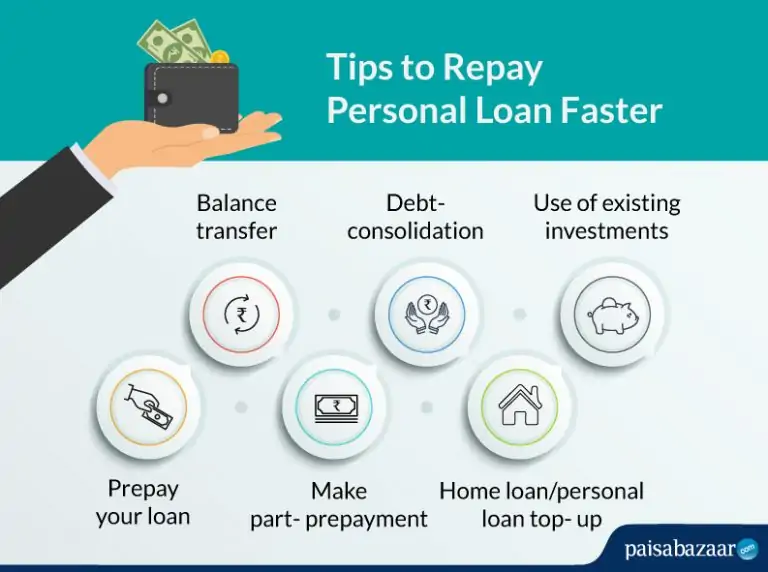
The financial domain in India is going through some US-China Trade War like tumult where countries have started to engage in digitalization battle and the Reserve Bank of Inda (RBI) has taken an initiative with regards to launching its Central Bank Digital Currency (CBDC). With India warming up to various technological innovations, the transition to digital currency could likely be a game changer and help make the economy more efficient, participative and secure.
In these blog, we will cover the digital currency definition, the importance of CBDC and how a digitized version of Rupee can change the entire Indian economy. We will also look at the global backdrop, the problems faced, and where this fits into India’s larger playbook of digital transformation.
What is Digital Currency?

Electronic or digital money refers to currency that exists only in digital form. Unlike banknotes or coins, it is intangible and typically used for internet transactions via digital devices. Central banks are working on creating their digital currencies in the world — RBI is India example for this.onView
Types of Digital Currencies
Digital currencies can generally be divided into two large categories.
Cryptocurrencies: Non-Government issued, open-source digital currency that operate on block-chain technology.
CBDCs: Government-backed digital currencies that a central bank has issued and regulated.
Even though we do know cryptos like Bitcoin are prone to being volatile, decentralized and well-known. On the other hand, CBDCs hope to deliver the best of both worlds by giving central banks control over digital currency — a safe and steady option.
What is CBDC (Central Bank Digital Currency)?
A Central Bank Digital Currency (CBDC) is essentially a digital version of the fiat currency issued and regulated by a country’s monetary authority. Created and maintained by the central bank, it is also declared legal tender. In simple terms, a CBDC functions as digital cash, comparable to traditional fiat money. CBDCs being a legal tender, naturally, comes with the same trust and security that physical cash holds which is not just available for cryptocurrencies.
For India, RBI has been investigating a possibility of launching its own CBDC (Digital Rupee). The digital rupee is the supposed equivalent of the Indian Rupee, but it would operate in a digital ecosystem adding yet another dimension to India’s financial system
Why is India Considering CBDC?
India’s interest in CBDC is driven by several factors, including the growing digitization of the economy, the need for financial inclusion, and the potential to improve the efficiency of monetary transactions. Let’s examine the key reasons:
1. Boost Financial Inclusion
Despite significant improvements in financial inclusion, many Indians still lack access to formal banking. The digital rupee could address this issue, as millions who own smartphones but not bank accounts can access financial services. With UPI already simplifying online payments, CBDCs are likely to further enhance transaction ease and broaden financial access.
2. Enhance Payment Systems
India’s Unified Payments Interface (UPI) has revolutionized digital payments, but there’s still a need for faster and more secure cross-border transactions. A CBDC could potentially streamline and simplify such transactions, reducing costs and settlement times. This could also reduce reliance on international payment systems like SWIFT.
3. Combat the Rise of Cryptocurrencies
India is backdrop to a popularity explosion of Epidemic and Covid cryptocurrencies like Bitcoin, even as legislative fears remain. Cryptocurrencies are appealing for their privacy and decentralization but come with risks such as high volatility and potential use in illicit activities. A Central Bank Digital Currency (CBDC) offers a safer, government-backed alternative that retains some benefits of cryptocurrencies while mitigating these risks.
How CBDC Works: The Digital Rupee
It will work just like a physical rupee but it will be digital. Users will have the option to register for a digital wallet, either with the central bank or through commercial banks.
Retail vs. Wholesale CBDC
The RBI is considering both retail and wholesale CBDC options:
- Retail CBDC: This would be used by individuals and businesses for day-to-day transactions, similar to how cash is used today.
- Wholesale CBDC: This would be used primarily by financial institutions for interbank transactions and large-scale settlements.
The digital rupee would likely coexist with physical cash and electronic forms of money (like bank deposits and digital wallets), offering more flexibility to consumers and businesses.
Conclusion: The Future of CBDC in India
The introduction of a Central Bank Digital Currency in India represents a significant milestone in the country’s journey toward a fully digital economy. The digital rupee could offer numerous benefits, including enhanced financial inclusion, more efficient payment systems, and improved monetary policy tools. However, the transition to a CBDC will also present challenges in terms of technology, security, and public acceptance.
As India explores the potential of digital currency, it is set to lead the global movement toward CBDCs.check in the RBI
If You Like This Content Check Our Recent Post Flipkart

